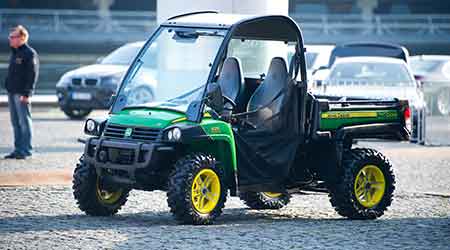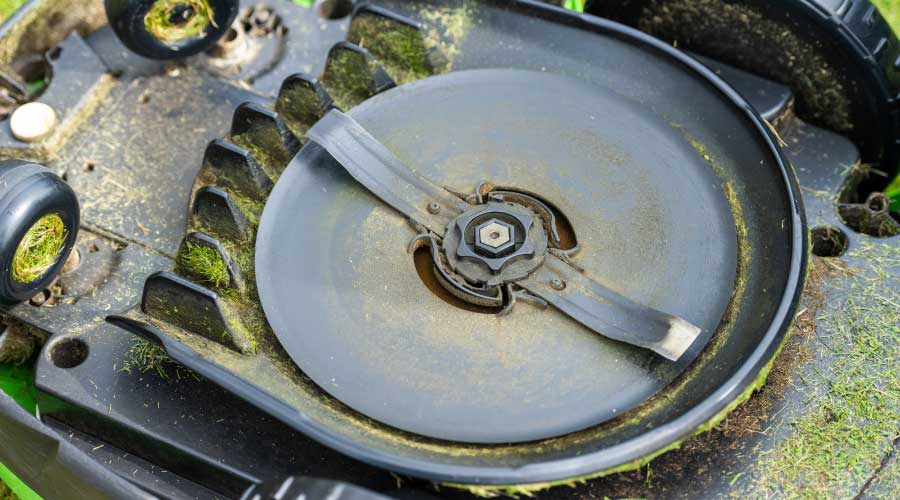Utility Vehicles: Determining Department Needs
Size and maneuverability are often overlooked when it comes to specifying utility vehicles. Managers who understand department needs can specify the proper vehicle.
One overlooked element in many specification processes is utility vehicle size and maneuverability. Bigger is not always better, given the limitations placed on vehicles by landscape contours, features and spaces.
Utilities vehicles come in a variety of sizes, though most are smaller than a small pickup truck, as a result operators can access remote, tight or congested areas that often are unreachable by pickups. Some vehicles are compact enough to fit in the back of a pickup truck for transport between work sites.
A utility vehicle’s passenger capacity also can vary. Some vehicles can hold up to six people. This feature is another advantage of a utility vehicle over a utility tractor. If operators are going to use the vehicle for transporting materials and equipment and performing work, greater flexibility means greater cost-effectiveness. For example, one utility vehicle features fold-down rear seats so operators can use the space for hauling if needed.
If workers need to transport a vehicle to a job site, managers need to ensure it will fit on a trailer or in the bed of a pickup truck. Managers also need to double-check that workers can haul the vehicle and its attachments easily because most vehicles are not legal to drive on streets.
Turning radius is an important feature for ensuring maximum efficiency when working in tight or congested areas. Some utility vehicles offer a turning radius of as little as 5 inches, while others have a radius of 10 feet or more.
One manufacturer adds a differential designed to unlock as the operator turns the vehicle. The rear tires rotate at varying speeds, reducing the likelihood of damaged turf. Additional features that make today’s models easier to maneuver include rack-and-pinion steering, power steering, improved shock absorbers, independent front suspension, and independent rear suspension.
Managers also need to consider where workers will drive a utility vehicle before making a final specification decision. Utility vehicles offer two-wheel, four-wheel, and six-wheel drive. If workers regularly operate on terrain that is rough, steep, or muddy, a four- or six-wheel-drive unit might be the most practical option.
For even greater flexibility, some vehicles offer push-button, four-wheel drive, automatic four-wheel drive, and all-wheel drive. If the vehicle will have to operate on rough and uneven terrain, managers also need to consider ground clearance. Some models offer ground clearance up to 15 inches.
Mike Fitzpatrick is vice president of U.S. Lawns — www.uslawns.com — which has more than 260 franchises nationwide. He has more than 30 years of experience in the green industry.
Related Topics:


















